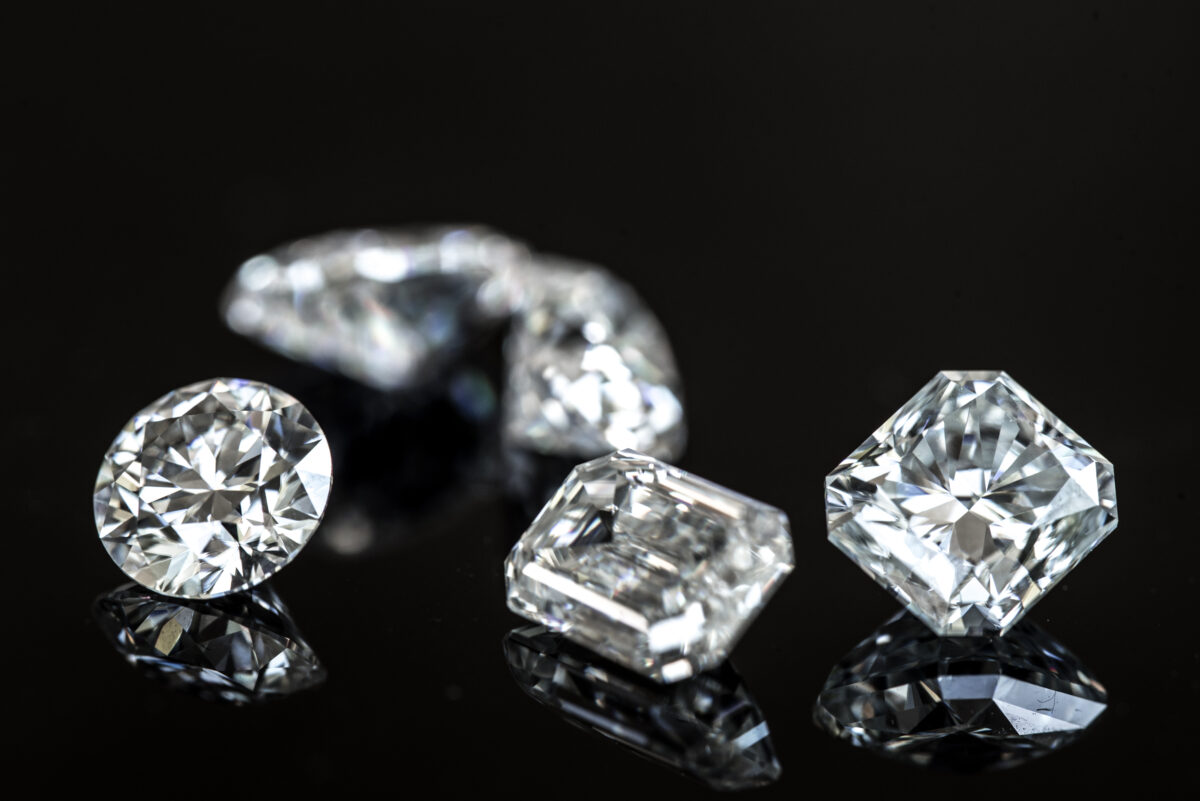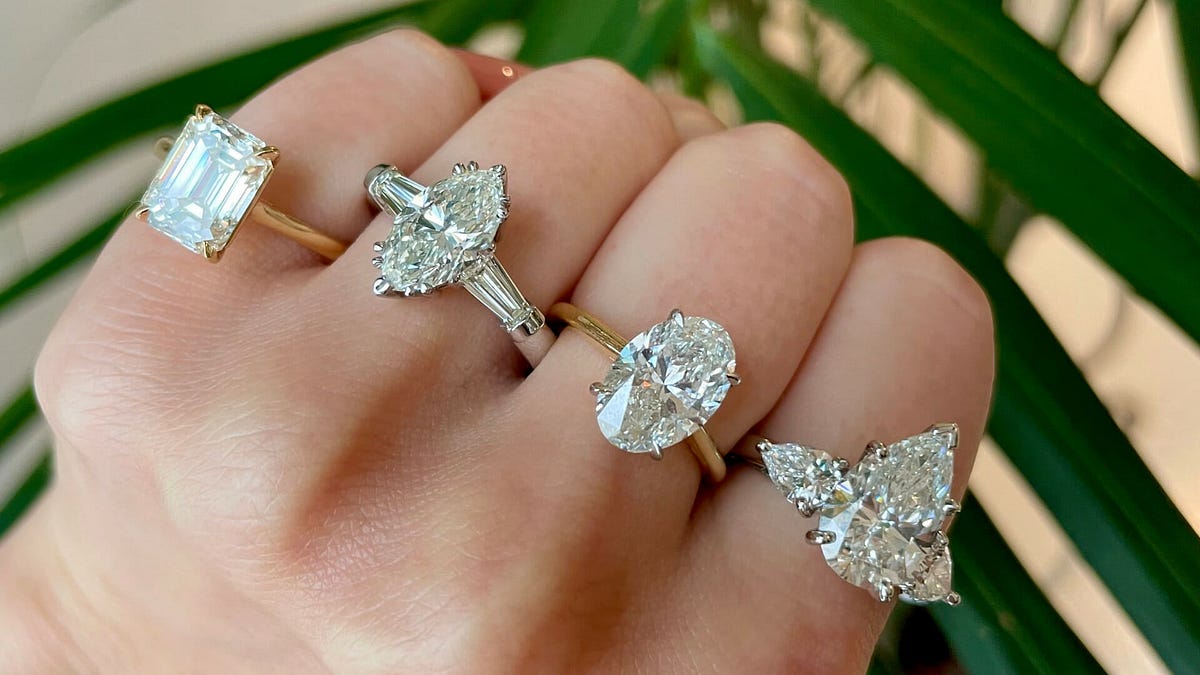Diamonds Exposed: The Secrets Behind the Industry’s Sparkling Success
The diamond industry is one of the most fascinating and complex global industries, where value, luxury, and rarity intersect with environmental, social, and ethical considerations. This multi-step process, from extraction to retail, involves numerous players across the world. Here’s a unique exploration of cómo funciona la industria del diamante, breaking it down into key stages:
1. The Beginning: Mining the Earth
Diamonds are born deep beneath the Earth’s surface, formed under extreme pressure and heat over millions of years. The journey begins with mining—one of the most labor-intensive and technically advanced stages. There are two primary methods of diamond extraction: open-pit mining and underground mining. These operations are found in countries like Russia, Botswana, Canada, and Australia, and are carried out by major mining companies, such as De Beers, Alrosa, and Rio Tinto.
Mining for diamonds is not only about uncovering valuable stones; it’s also about environmental and ethical responsibility. Many companies are subject to sustainability and environmental regulations, especially in sensitive ecosystems. Additionally, the Kimberley Process, which was established in 2003, seeks to eliminate conflict diamonds—diamonds mined in war zones to finance armed conflict.
2. Sorting and Valuation: The Initial Assessment
Once diamonds are mined, they are transported to sorting centers, where rough diamonds are assessed and categorized. The sorting process involves distinguishing between diamonds based on size, color, clarity, and carat weight. These characteristics determine the diamond’s value, a system famously known as the 4 Cs: Cut, Color, Clarity, and Carat.
Experts examine the rough diamond to see how it can be cut to maximize value while preserving its natural beauty. During this stage, diamonds are often grouped together based on their characteristics for sale in the global market.
3. The Art of Cutting and Polishing
This is where the magic happens. Rough diamonds are transformed into sparkling gemstones through the cutting and polishing process. Skilled artisans use precision tools to cut diamonds into various shapes like round, princess, and emerald, each with unique characteristics. The goal is to bring out the diamond’s brilliance, fire, and scintillation.
Diamond cutting is a delicate art, often performed in centers such as Antwerp, Tel Aviv, and Mumbai, where workers meticulously shape each stone to reflect light. It’s a process that can take several days or even weeks, depending on the complexity of the diamond.
4. Wholesale and Trade: From Manufacturer to Marketplace
Once diamonds are polished, they enter the wholesale market, where they are bought by lab grown diamonds, who then distribute them to retailers or jewelers. This is the point at which diamonds are sold in bulk, with the pricing heavily influenced by the 4 Cs, market demand, and the rarity of the stone. Major diamond exchanges, like the Israel Diamond Exchange and New York’s Diamond District, serve as hubs for this trading.
5. Retail and Consumer Experience
Finally, polished diamonds make their way to consumers through various retail channels. Whether through traditional jewelry stores, online marketplaces, or high-end boutiques, consumers are presented with an array of choices. Engagement rings, wedding bands, and other fine jewelry are the most common products featuring diamonds. Retailers often offer certifications and guarantees to prove a diamond’s authenticity, including GIA (Gemological Institute of America) certificates.
6. The Rise of Lab-Grown Diamonds
In recent years, the diamond industry has seen a significant shift with the emergence of lab-grown diamonds. These diamonds are created through technological processes that replicate the conditions under which natural diamonds form, typically in a matter of weeks. Lab-grown diamonds are gaining popularity due to their ethical appeal (no mining involved) and more accessible price points, and they are becoming increasingly competitive in the market.
7. Ethical and Environmental Considerations
As awareness of environmental and human rights issues grows, the diamond industry faces increasing pressure to improve its practices. Companies are investing in more sustainable mining techniques, and many have adopted stricter labor standards. For consumers, this means the choice between natural, conflict-free diamonds and more sustainable, lab-grown alternatives.
Organizations like the Kimberley Process Certification Scheme and De Beers’ Forevermark focus on ensuring that diamonds come from conflict-free regions. Additionally, several companies are working to mitigate the environmental impact of mining, advocating for responsible sourcing and the use of technology to minimize ecological footprints.
8. The Global Impact: A Billion-Dollar Industry
The diamond industry contributes significantly to the global economy. Beyond jewelry, diamonds are used in industrial applications, such as cutting, grinding, and drilling, thanks to their hardness. The global diamond market is worth tens of billions of dollars, making it a critical part of the luxury goods industry.
At the same time, diamonds symbolize wealth, love, and commitment for many consumers. As a result, their value has become intertwined with human emotions, making them a timeless commodity.



